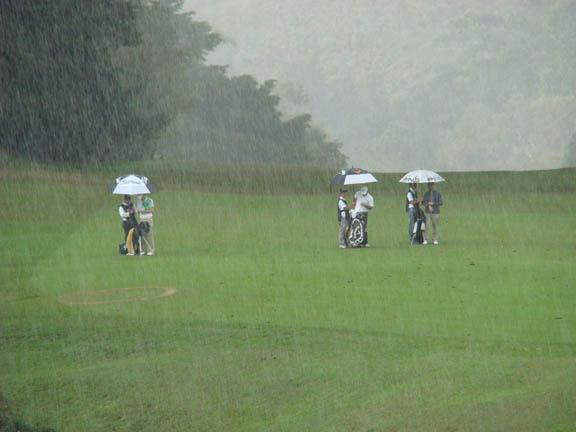
Philadelphia is a golf town. So, when the city was blessed with abnormally warm temperatures in January - on only six days was the daily high below the freezing mark - it was only natural that golfers flocked to the course to sneak in a round, or two or more.
Play was up in Pennsylvania (144 percent) and throughout much of the country was up, way up, in January 2016 compared to January 2015. A total of eight states reported triple-digit year-over-year increases in rounds played for the month. Those gains weren't enough to start the year in the black, however, as nearly half the country - 24 states to be exact - reported decreases in rounds played for the month, according to Golf Datatech's National Golf Rounds Played Report that surveyed 2,330 private and daily fee courses nationwide.
While the weather was kind throughout much of the Northeast and Midwest, golfers in other areas were not as fortunate, says Jim Koppenhaver of Pellucid Corp., as losers outgained winners for a 12.6 percent dropoff in rounds played in the first month of the year.
The largest gains for the month predictably were in places that are traditionally have cold winters. Leading the way was Michigan, where play was up by 326 percent. Other states reporting triple-digit gains were Connecticut (up 255 percent); West Virginia (237 percent); New Jersey (133 percent); New York (125 percent); and Delaware, Maryland and Washington, D.C. (up 105 percent).
According to Koppenhaver, golf playable hours, Pellucid's measurement of all daylight hours in which one conceivably could play golf factored against climatic influences such as precipitation, temperature, wind, etc., was down nationally by 6 percent in January.
Among the most significant losses for the month was Florida where play was down in the height of the winter season by 18 percent. Other big losers in January were Nebraska (down 85 percent); North and South Dakota (53 percent); Idaho, Montana and Wyoming (48 percent); Oregon (46 percent); Washington (39 percent), Colorado (32 percent), Kansas (29 percent), Missouri (23 percent), Arkansas (22 percent); Nevada (17 percent); Mississippi (16 percent); South Carolina and Utah (15 percent); Oklahoma (14 percent); and Alabama and Tennessee (10 percent).

